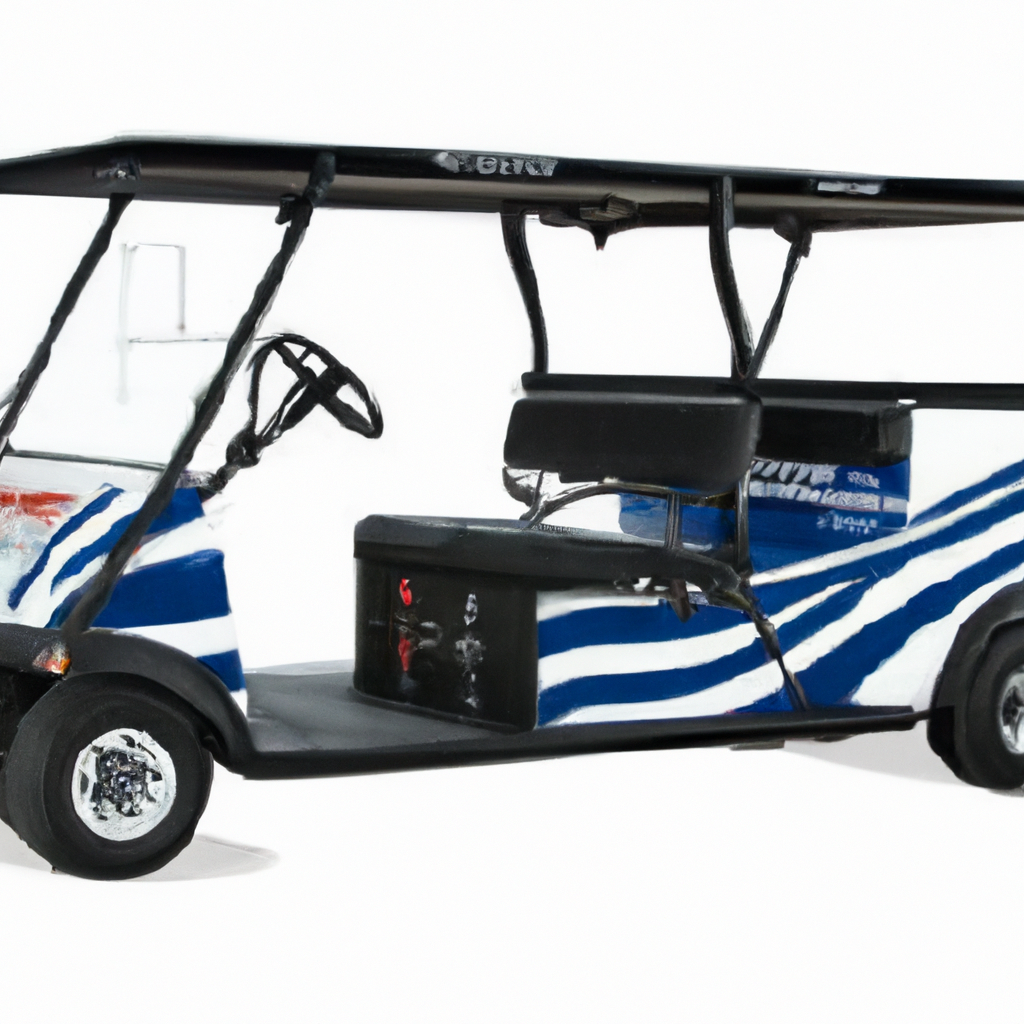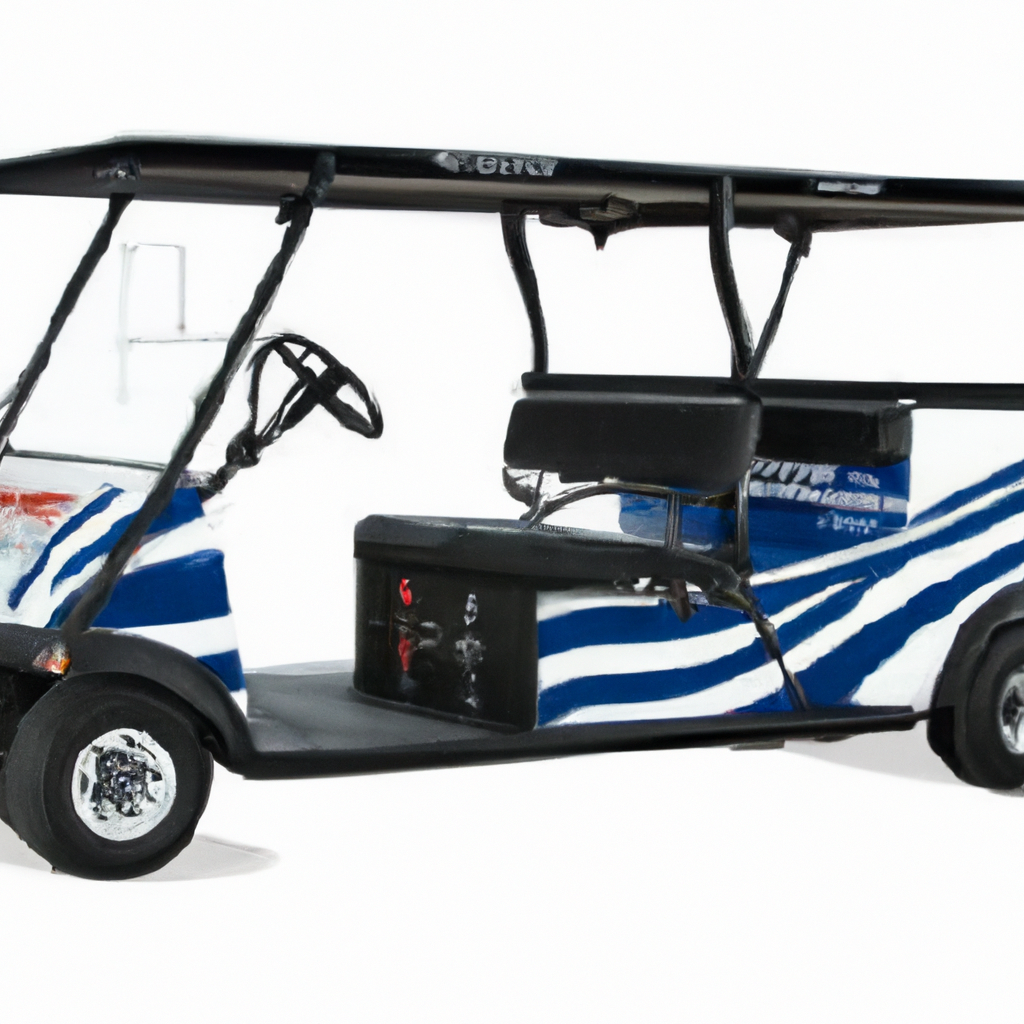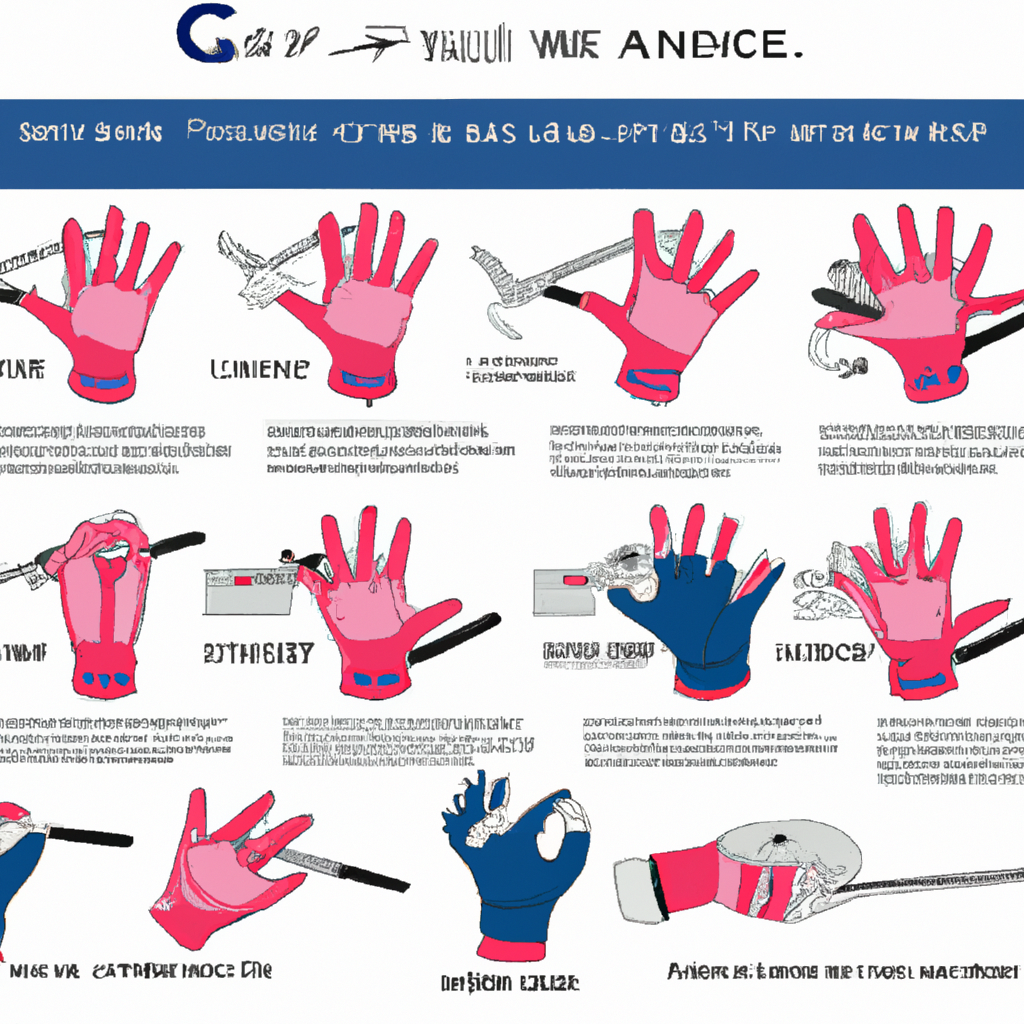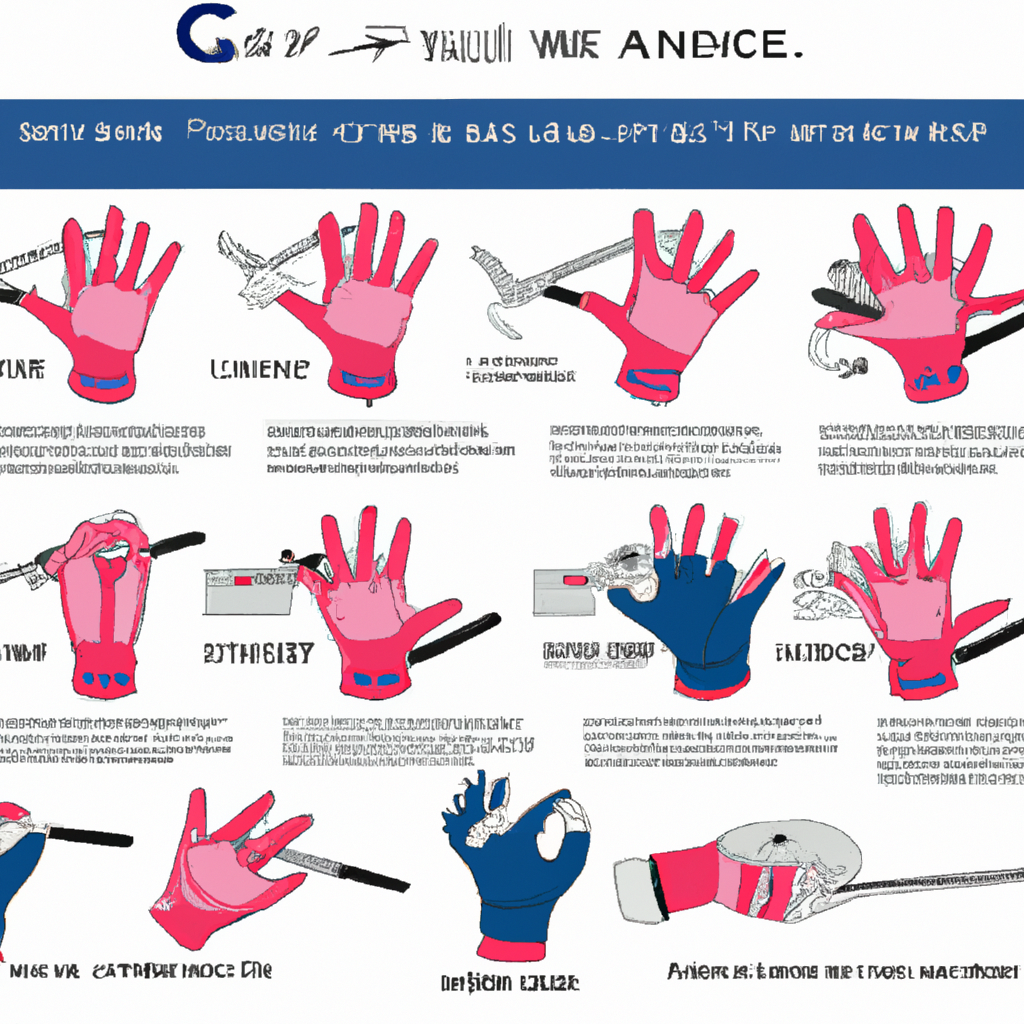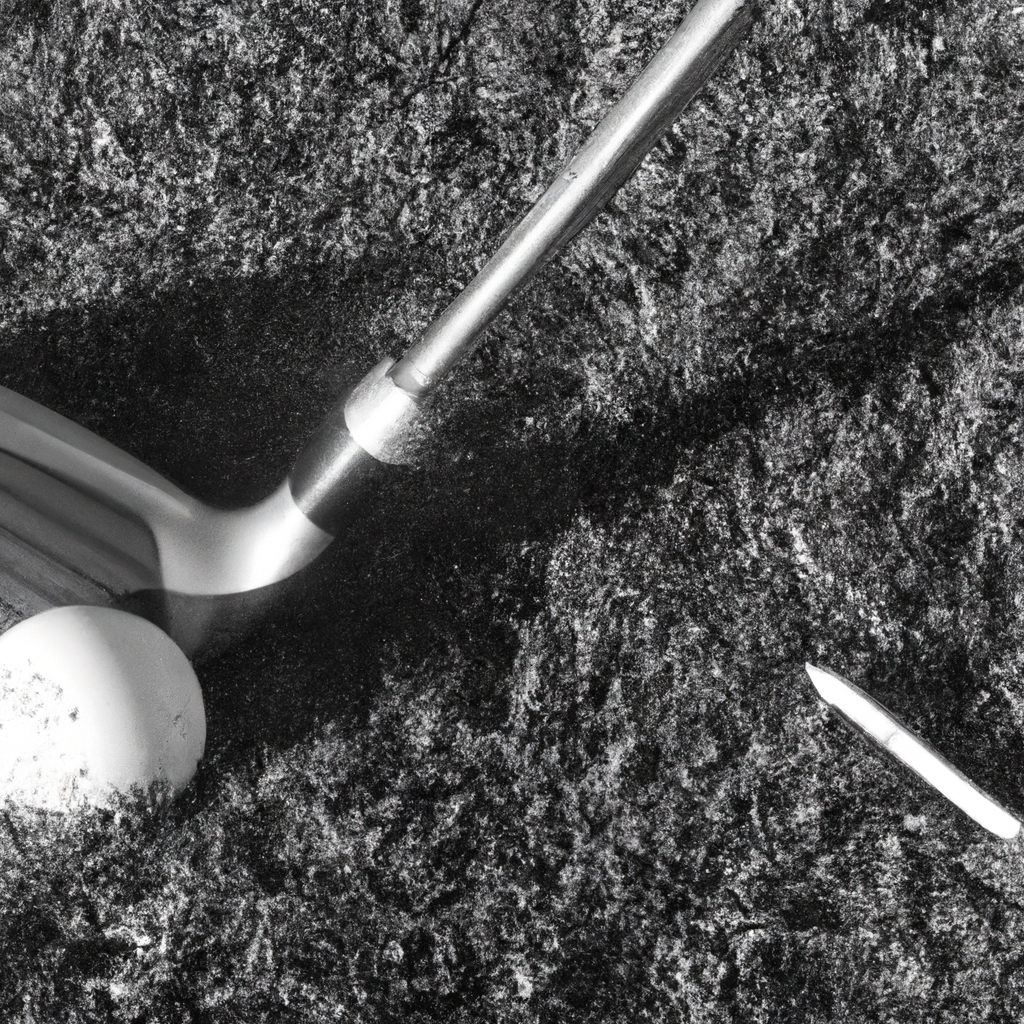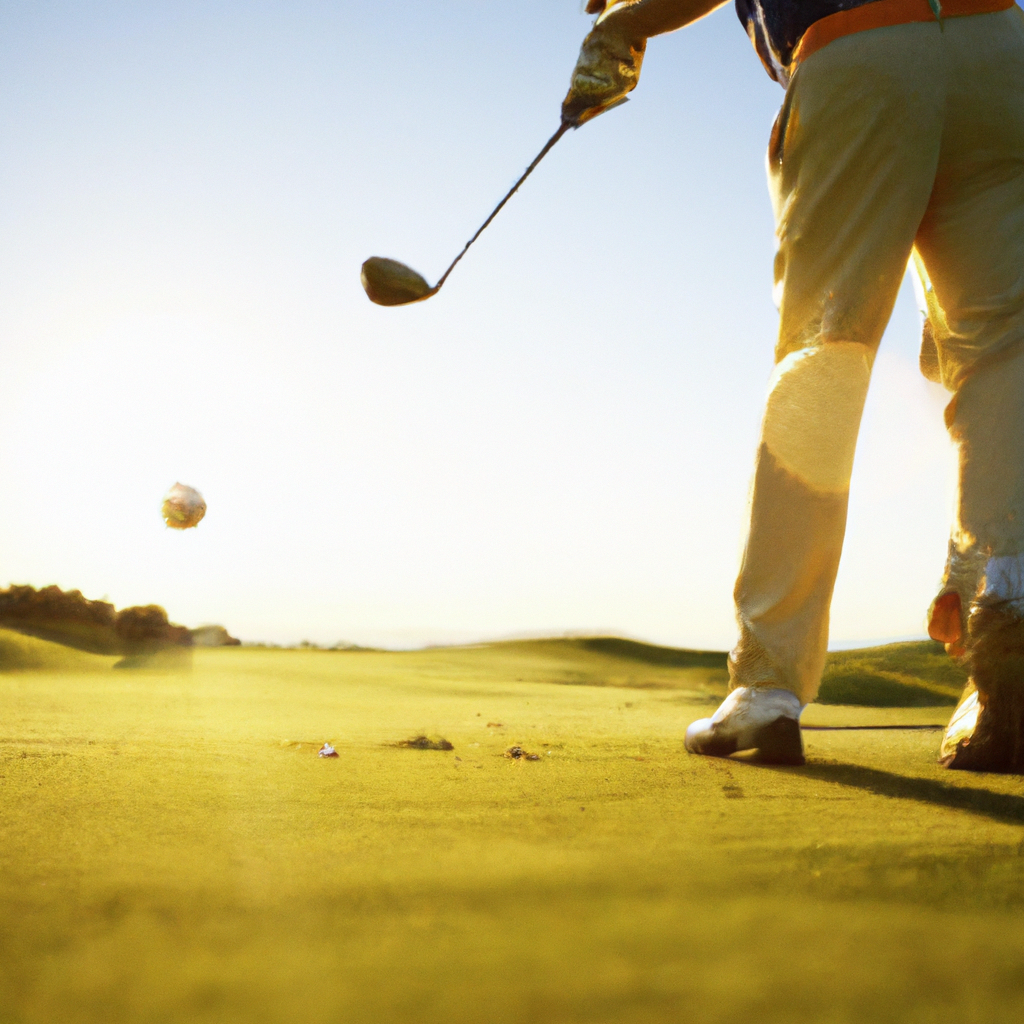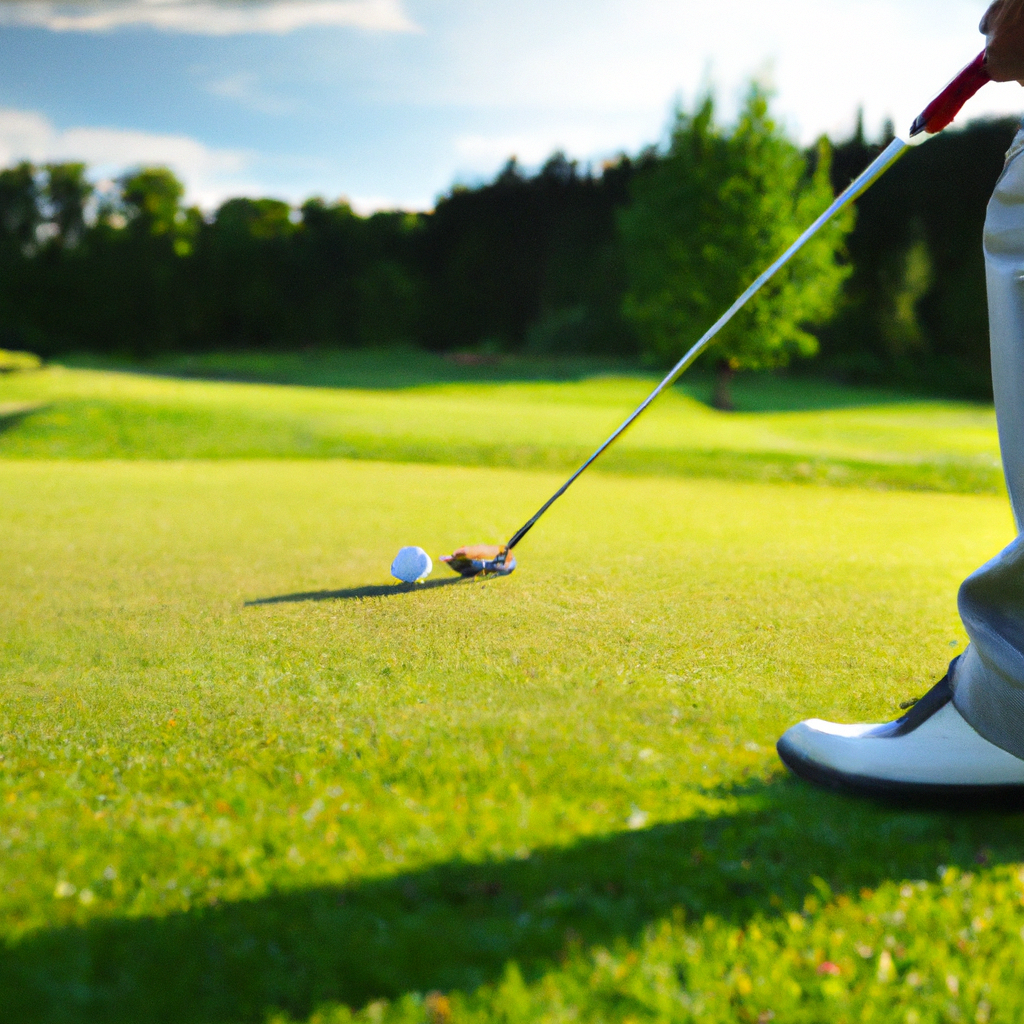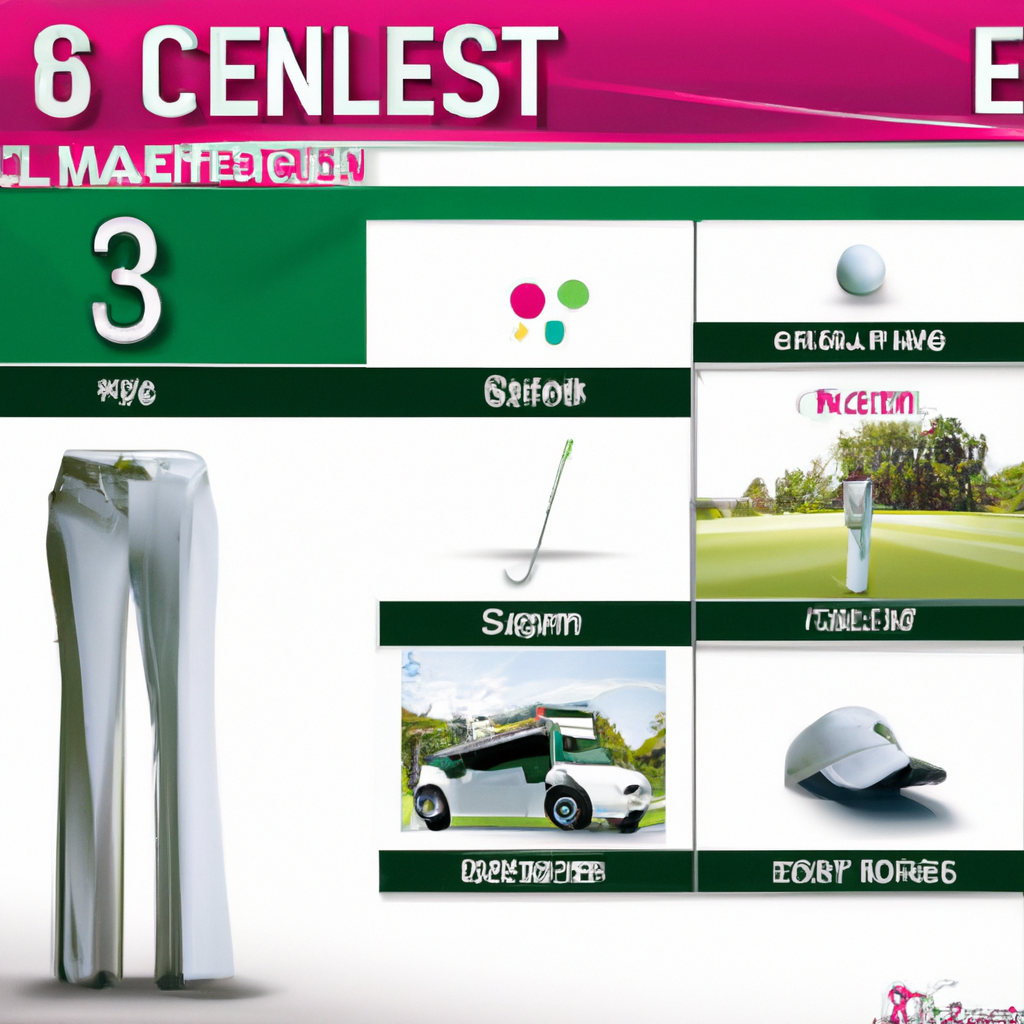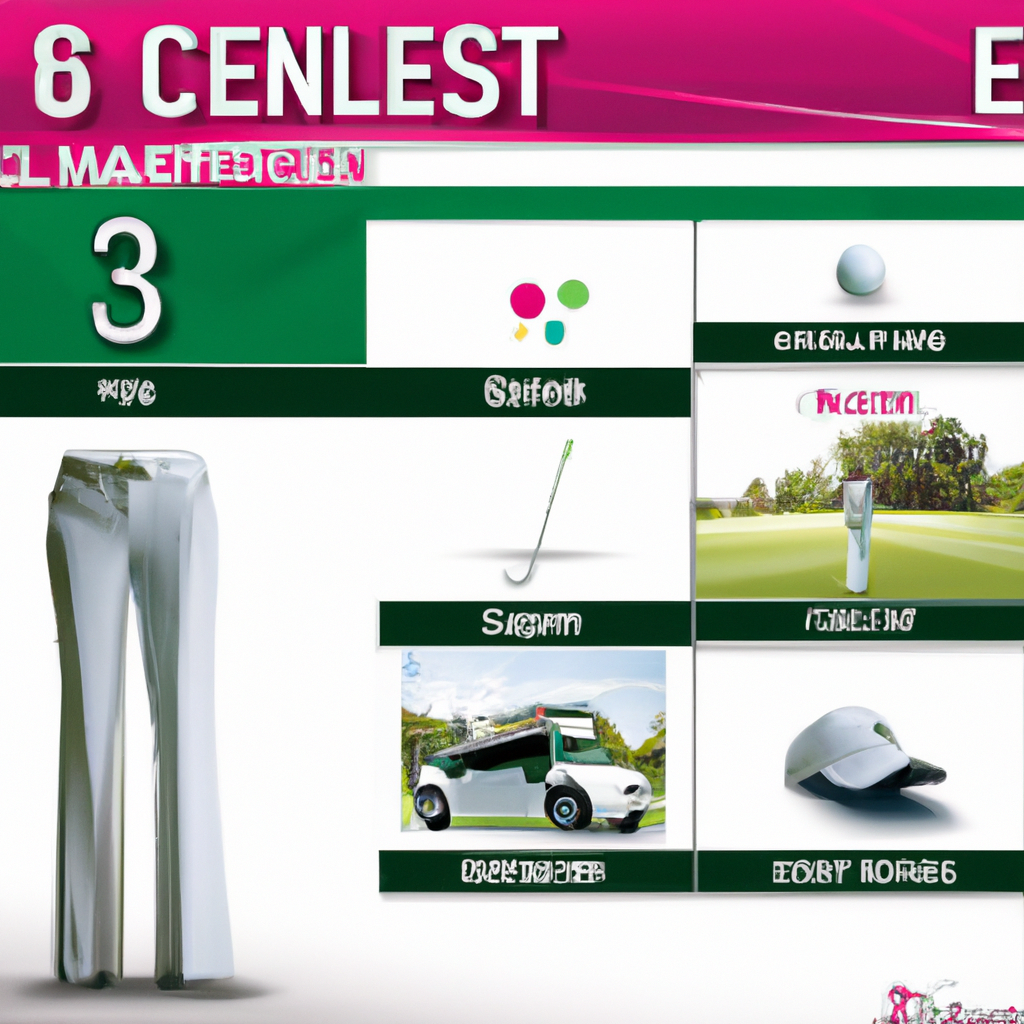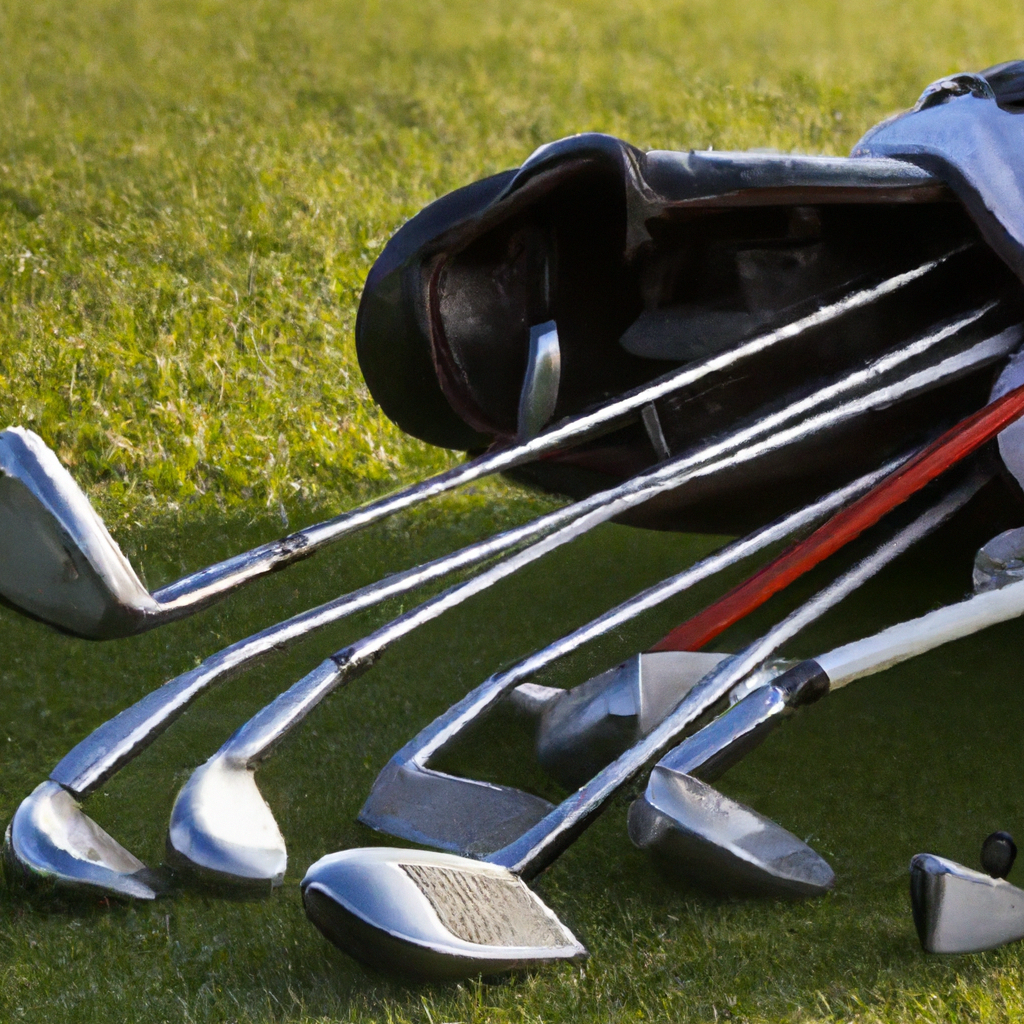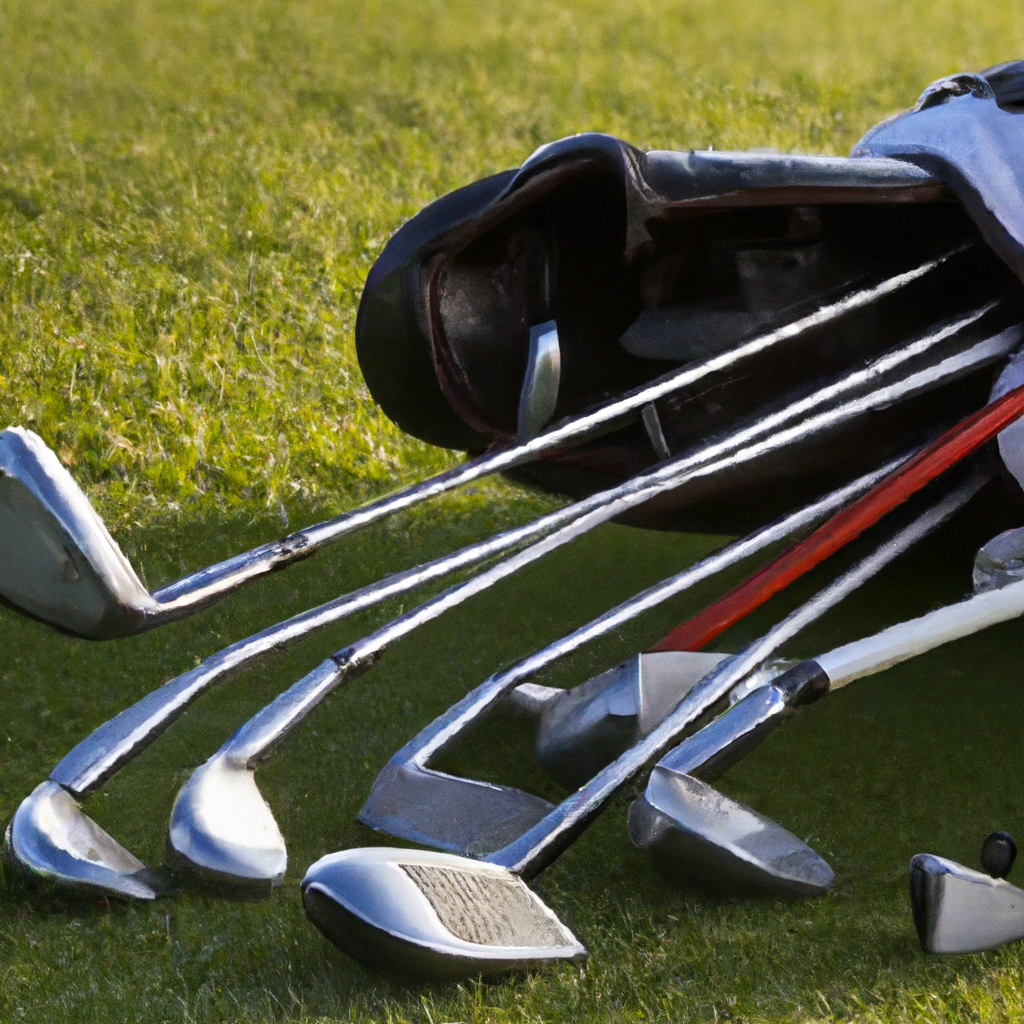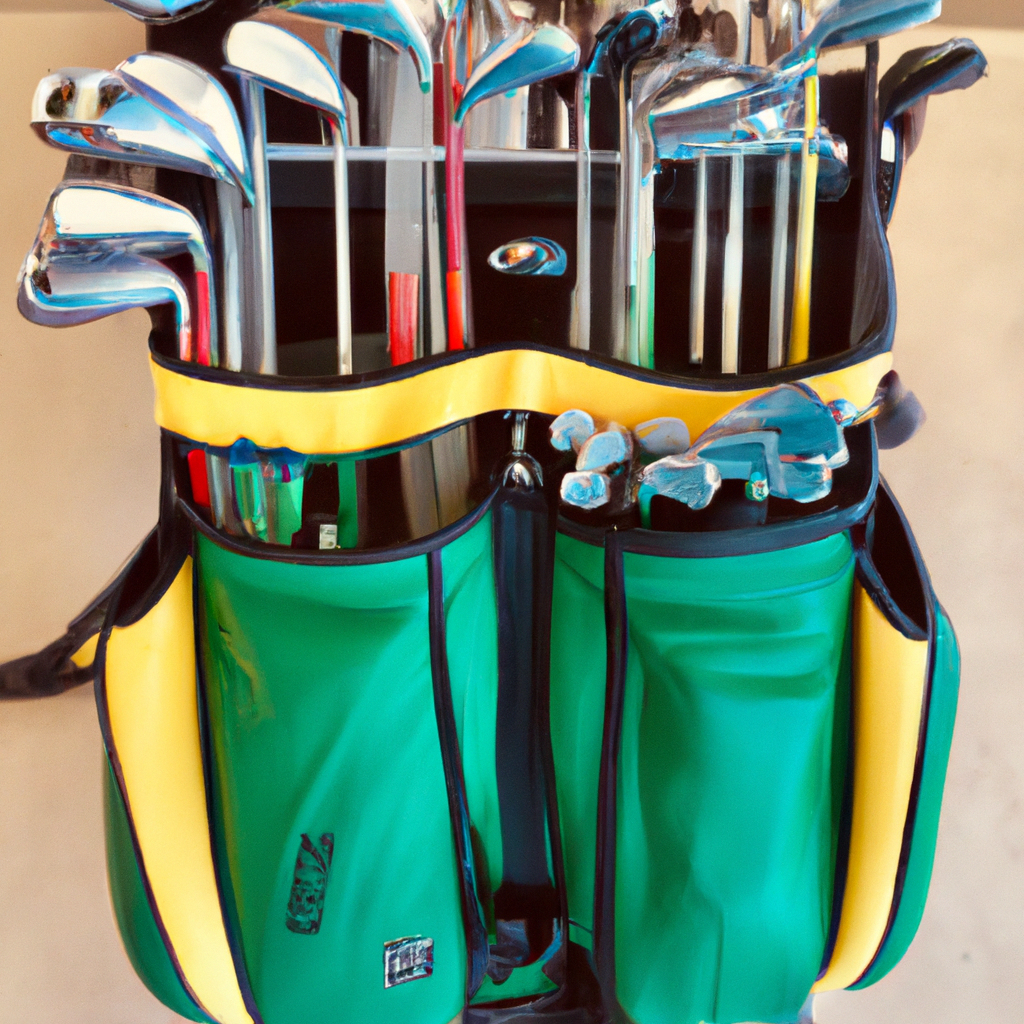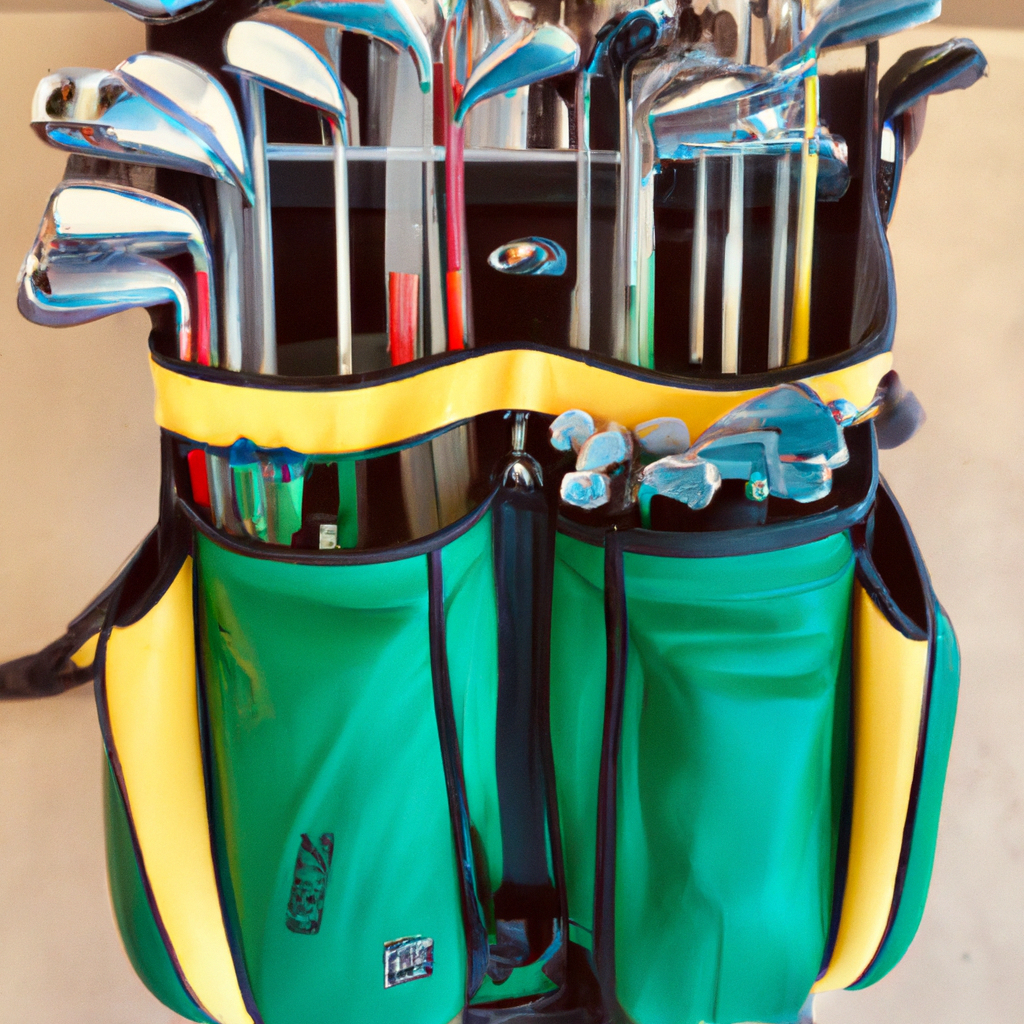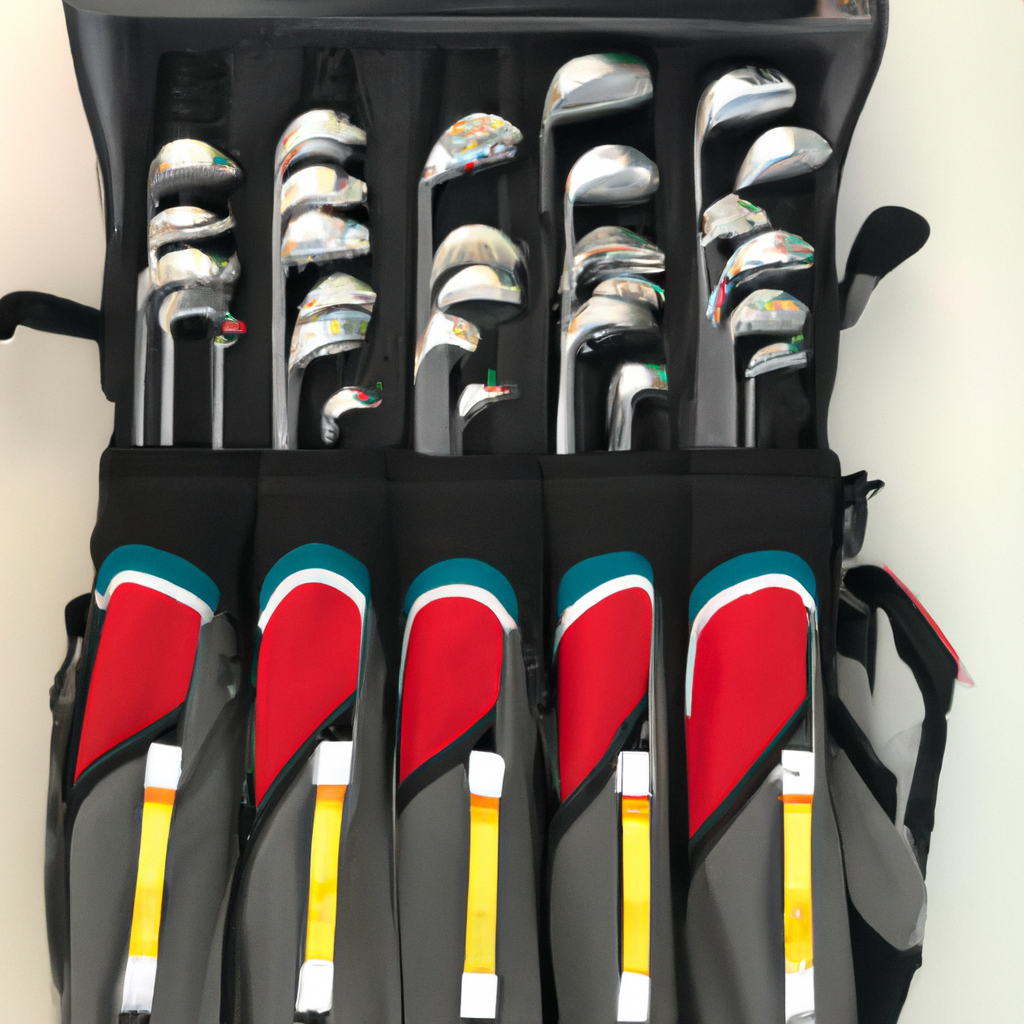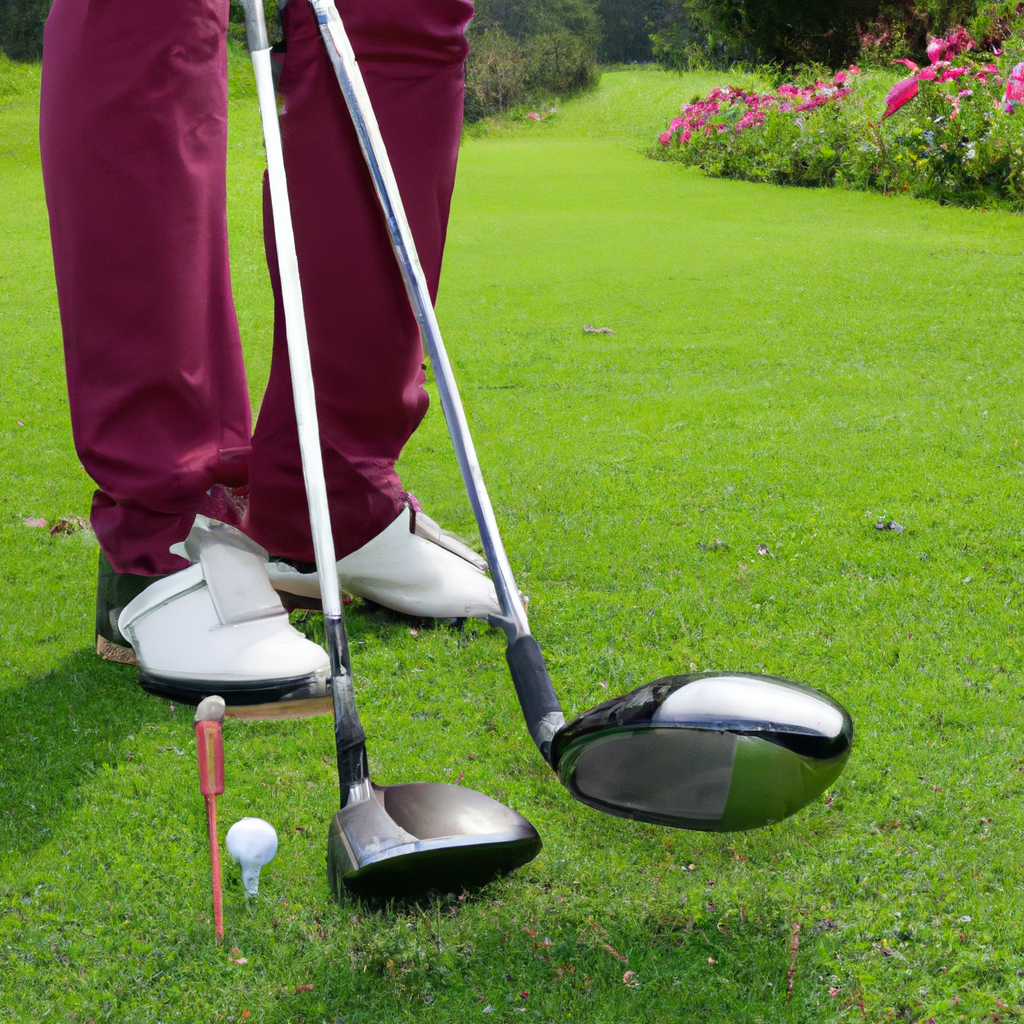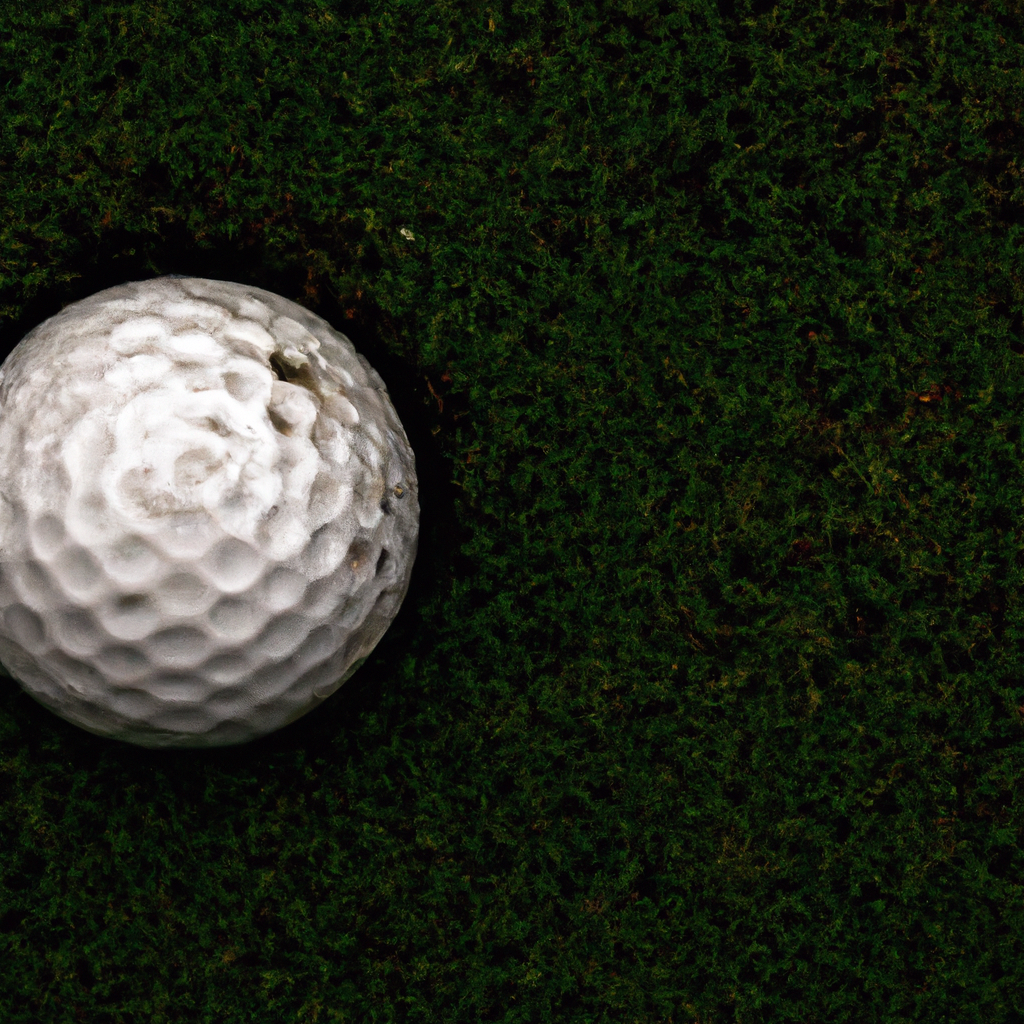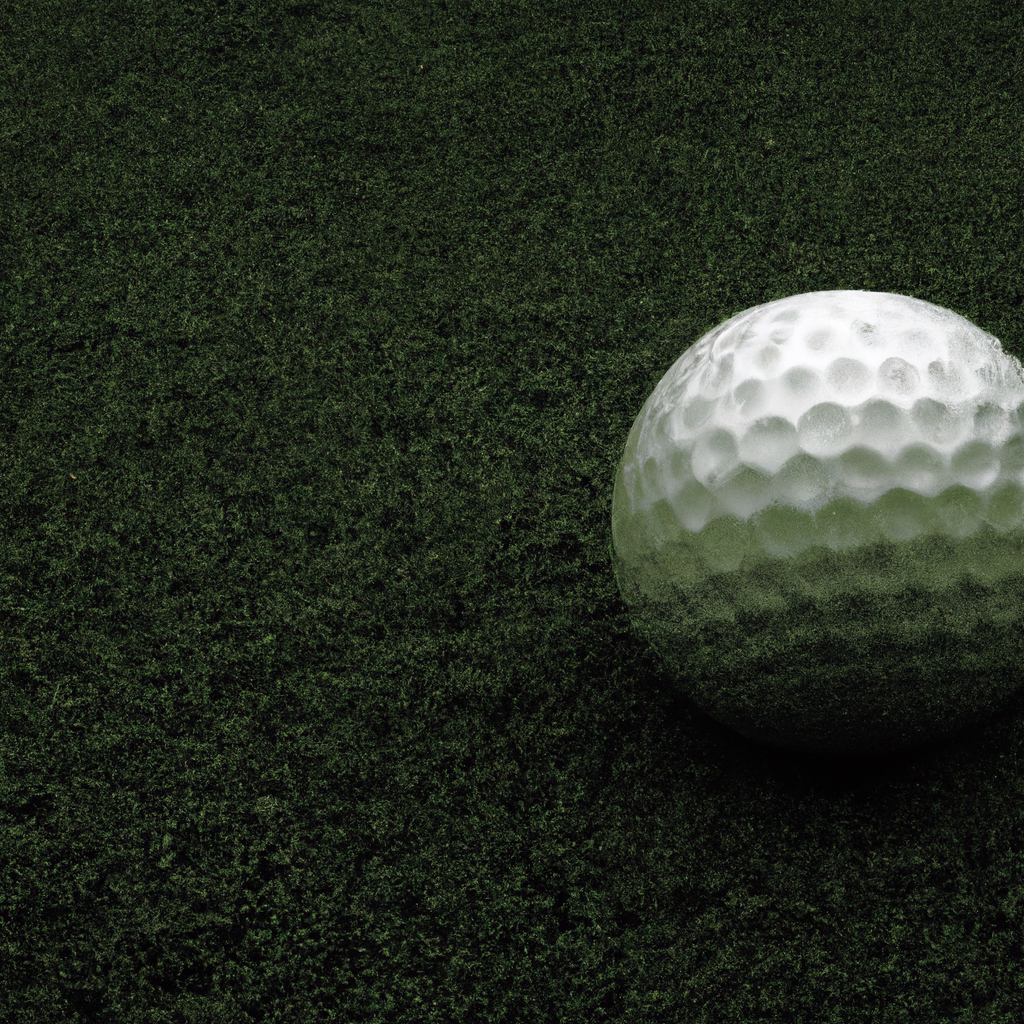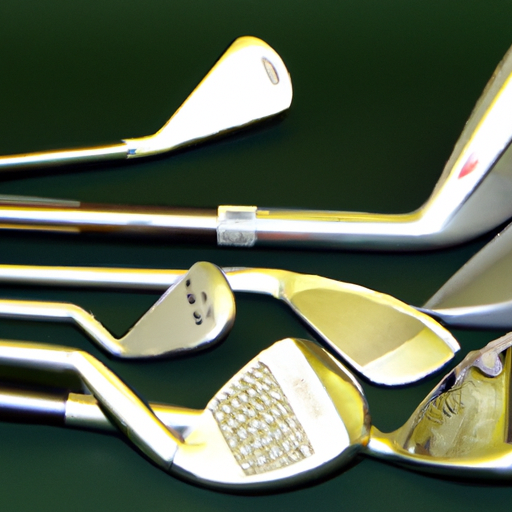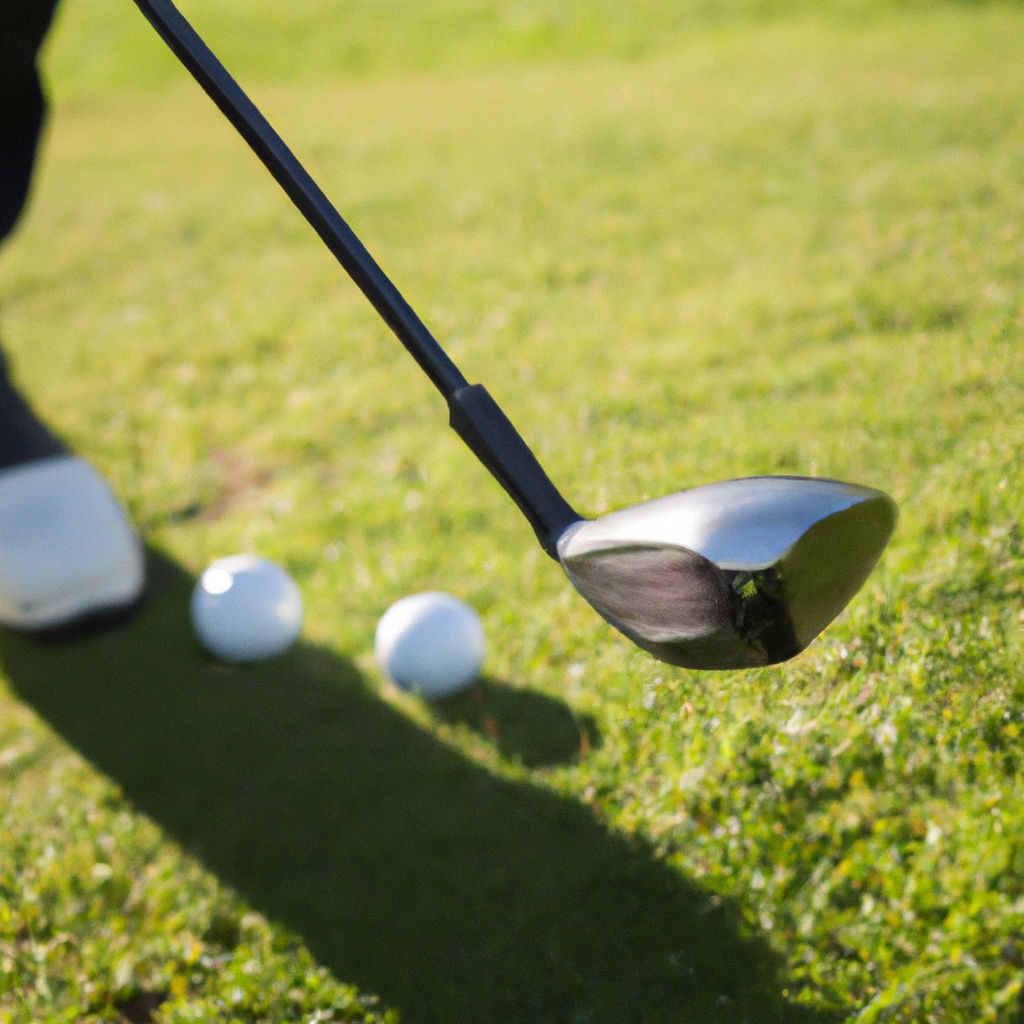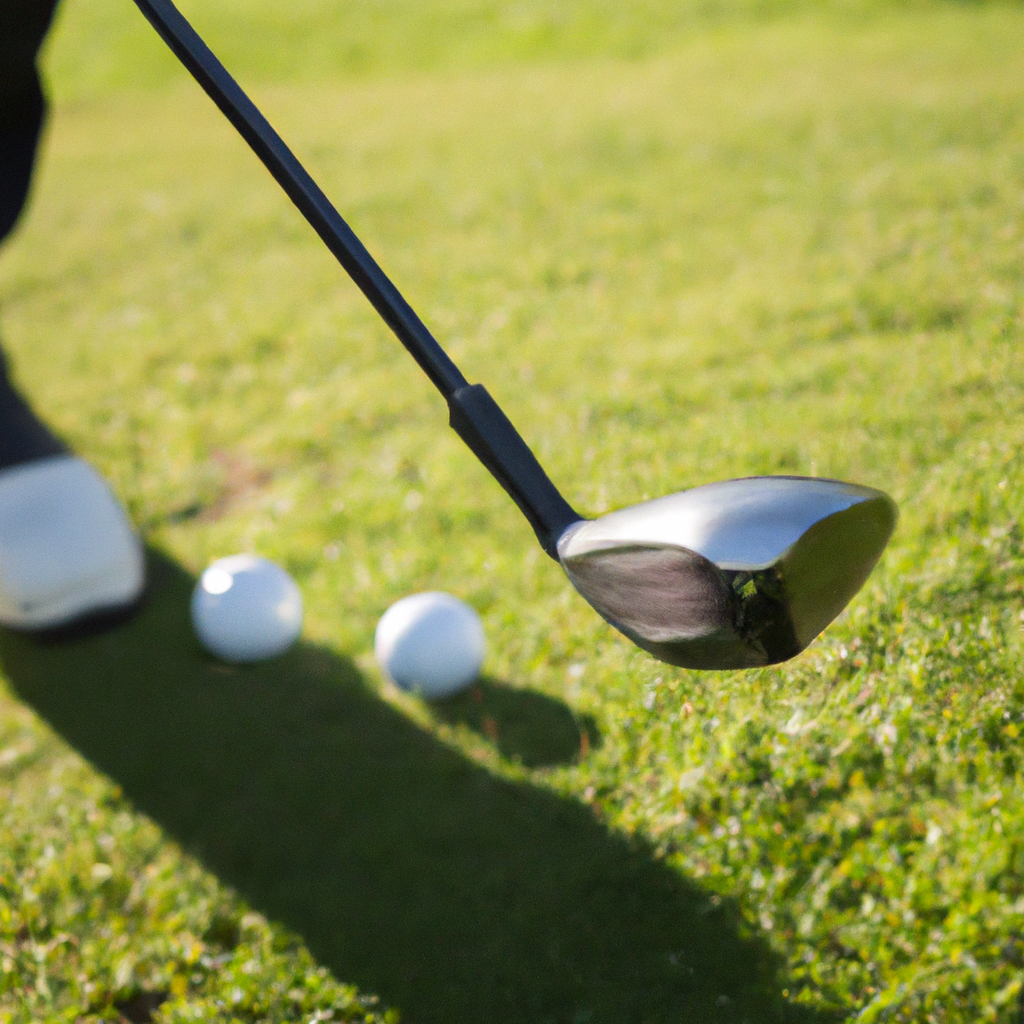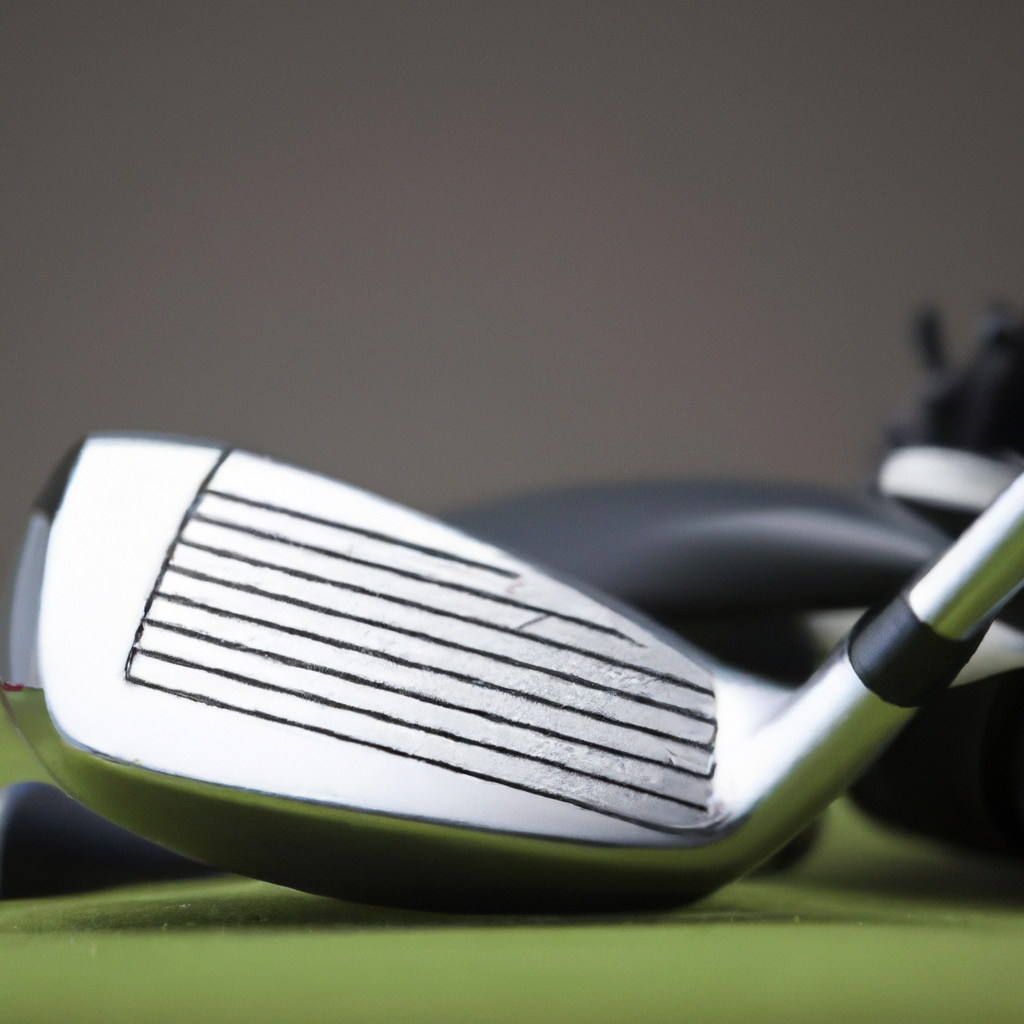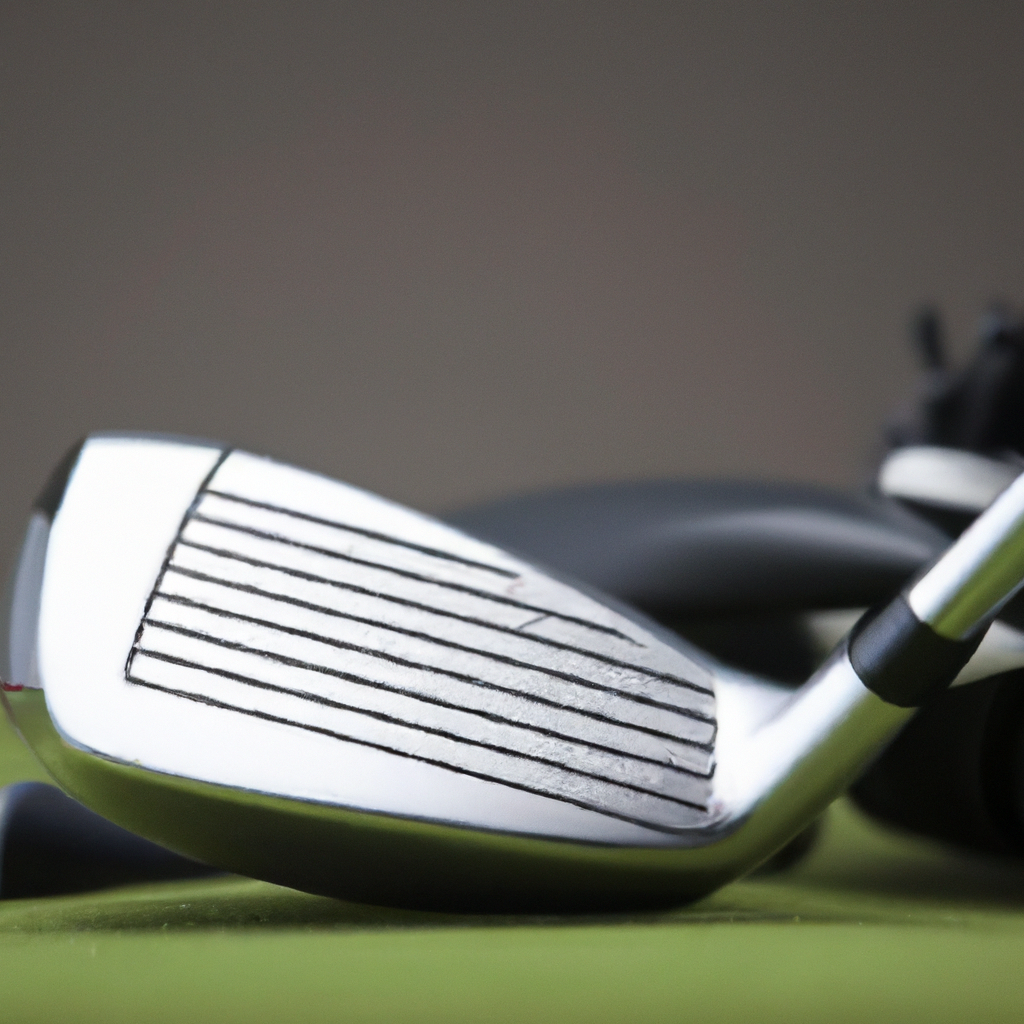Looking to improve your golf game? Look no further than this comprehensive guide on choosing the perfect golf balls. Whether you’re a beginner or a seasoned pro, selecting the right golf balls can make all the difference in your performance on the green. From understanding the different types of balls to considering factors like compression and construction, this article will provide you with all the necessary information to make an informed decision. So, grab your clubs and get ready to take your golf game to the next level!

Overview of Golf Balls
Golf balls are an essential part of the game, and selecting the right ones can significantly impact your performance on the course. Understanding the construction, types, and their effects on your game is crucial in making an informed decision.
Construction and components
Golf balls are typically made up of several components, including the core, cover, and dimples. The core is the central part of the ball and determines its compression, while the cover provides protection and contributes to spin and feel. The dimples, strategically designed on the surface of the ball, help reduce drag and increase lift, allowing for greater distance and accuracy.
Types of golf balls
There are various types of golf balls available, designed to cater to different players’ needs and playing styles. These include distance balls, which prioritize maximizing distance off the tee, and control balls, which offer enhanced spin and control around the greens. Additionally, there are premium balls for advanced players and softer balls for those seeking a softer feel.
How golf balls affect your game
The choice of golf balls can have a significant impact on your game. Higher compression balls tend to be more suitable for golfers with faster swing speeds, as they allow for optimal energy transfer and greater distance. On the other hand, lower compression balls can benefit players with slower swing speeds, providing a better feel and increased control. The cover material also affects spin and control, making it essential to consider your playing conditions and preferences.
Determining Your Skill Level
Determining your skill level is a crucial step in choosing the right golf balls for your game. Consider the following factors to assess your abilities accurately.
Understanding your swing speed
Your swing speed plays a vital role in determining the type of golf balls that will work best for you. Those with higher swing speeds often benefit from balls with higher compression, as they can utilize the added power to achieve greater distance. Conversely, players with slower swing speeds may find lower compression balls more forgiving and easier to control.
Considering your handicaps or ability
Taking into account your handicaps or skill level can also guide you in selecting the right golf balls. Higher handicap players may benefit from using distance-focused balls that can help maximize their distance off the tee. Lower handicap players, on the other hand, might prefer balls that offer more control and spin, allowing them to finely tune their shots around the greens.
Determining your ball flight tendencies
Understanding your typical ball flight tendencies can provide valuable insights into the type of golf balls that work best for you. If you tend to hit the ball with a fade or slice, choosing a ball that promotes a straighter flight or has a softer cover can help minimize these sidespin tendencies. For players who struggle with hooking the ball, a ball with low spin might help reduce excessive side spin and keep shots more in control.
Understanding Golf Ball Compression
To make an informed decision when choosing golf balls, it is essential to understand what golf ball compression is and how it can influence your game.
What is golf ball compression?
Golf ball compression refers to the density and firmness of the ball’s core. Compression values typically range from 0 to 200, with higher values denoting firmer cores. Higher compression balls require greater force to compress and are generally better suited for players with faster swing speeds, while lower compression balls are more forgiving and ideal for players with slower swing speeds.
How compression affects distance and feel
The compression of a golf ball can significantly impact both distance and feel. Higher compression balls tend to offer more distance, as they can efficiently transfer energy from the clubhead to the ball. However, they may feel harder and less responsive upon impact. Conversely, lower compression balls often provide a softer feel and improved control but may sacrifice some distance.
Matching compression to your swing speed
Finding the right compression level that matches your swing speed is crucial for optimal performance. If you have a faster swing speed, typically above 100 miles per hour, higher compression balls in the range of 90-100 might be a suitable choice. Alternatively, if your swing speed is slower, below 90 miles per hour, you may find better results with a lower compression ball in the range of 70-80.

Considerations for Golf Ball Cover Material
The cover material of a golf ball is another essential factor to consider when choosing the right ball for your game. It affects the ball’s performance, including spin, control, and durability.
The importance of cover material
The cover material directly interacts with the clubface and greatly impacts the ball’s spin rates and overall control. It is crucial to select a cover material that suits your playing style, course conditions, and personal preferences.
Types of cover material (surlyn, urethane, etc.)
Two primary types of cover materials are commonly used in golf balls: surlyn and urethane. Surlyn covers are typically more durable and less expensive, making them a popular choice for amateur golfers. Urethane covers, on the other hand, offer enhanced spin and control, which appeals to more advanced players. It is important to note that urethane covers are generally pricier and can be more susceptible to scuffing.
Understanding the impact of cover material on spin and control
The cover material significantly affects the spin rates and control of a golf ball. Urethane covers generally generate more spin, allowing the ball to stop quicker on the greens and offer greater control around the course. Surlyn covers, while offering less spin, provide increased durability and are less likely to scuff during play. Consider your playing style, course conditions, and personal preference when choosing the ideal cover material.
Choosing the Right Golf Ball for Different Weather Conditions
Golfers often face varying weather conditions that can influence the performance of their golf balls. Considering the impact of weather can help in selecting the most suitable balls for different conditions.
How weather affects golf ball performance
Weather conditions, such as temperature, humidity, and wind, can significantly impact the performance of golf balls. As the temperature changes, the air density also varies, affecting the ball’s lift and distance. Similarly, higher humidity can reduce the ball’s carry distance, while wind can affect its trajectory and accuracy.
Considerations for hot and humid conditions
In hot and humid conditions, it is advisable to select golf balls with a firmer cover material, such as those with surlyn covers. The increased heat and humidity can make the ball compress more, so a firm cover helps maintain optimal playability and durability. Additionally, considering balls with lower compression can counteract the potential loss of distance caused by the conditions.
Choosing golf balls for rainy or wet conditions
When playing in rainy or wet conditions, it is essential to prioritize a ball’s ability to repel water and minimize moisture absorption. Opting for golf balls with urethane covers can enhance performance in these conditions, as urethane is more water-resistant than surlyn. These balls offer improved control and spin, allowing you to maintain consistency and precision even in adverse weather.
Finding the Correct Golf Ball for Your Swing Speed
Matching your swing speed with the right golf ball is crucial for maximizing distance and control. Here are some steps to find the most suitable ball for your swing speed.
Determining your swing speed
To determine your swing speed accurately, it is recommended to visit a professional club fitter or a launch monitor-equipped facility. These tools can measure your swing speed and provide valuable data that will help guide your selection.
Selecting the appropriate compression
Once you have determined your swing speed, you can narrow down your options by focusing on the compression rating of golf balls. As mentioned earlier, higher compression balls are better suited for faster swing speeds, while lower compression balls are more forgiving for slower swing speeds.
Matching ball construction to swing speed
Aside from compression, it is also essential to consider the overall construction of the golf ball when matching it to your swing speed. Some balls are specifically designed for higher swing speeds, incorporating features to maximize distance and control. Conversely, balls designed for slower swing speeds often prioritize a softer feel and improved accuracy. Considering these factors will ensure that your golf ball complements your unique swing characteristics.
Understanding Spin and Control
Spin plays a crucial role in the game of golf, influencing both distance and control. Understanding your desired amount of spin and choosing golf balls accordingly is vital for optimizing your performance.
The role of spin in golf
Spin is a critical factor that affects a golf ball’s behavior in-flight and upon landing. Backspin helps the ball lift and allows for better control and stopping power on the greens. Conversely, sidespin can cause undesirable ball flights, leading to inconsistency and loss of accuracy.
Finding the right amount of spin for your game
Determining the ideal amount of spin for your game involves finding the right balance between distance and control. A higher spinning ball can provide more stopping power and control but may sacrifice a bit of distance. On the other hand, a lower spinning ball may offer greater distance but may be more challenging to control around the greens. Assessing your playing style, skill level, and desired shot shapes can help you decide on the appropriate spin characteristics.
Choosing low or high spin golf balls
The choice between low and high spin golf balls depends on your swing characteristics and preferences. Golfers who tend to generate excessive spin might benefit from using low spin balls, as they can help minimize sidespin and promote a straighter ball flight. Conversely, players who struggle with achieving enough spin to control their shots might find high spin balls more suitable. Experimenting with different types of balls and seeking professional advice can help you find the optimal spin characteristics for your game.
Budget-Friendly Golf Ball Options
While some golf balls on the market boast premium prices, there are also budget-friendly options that provide excellent performance and value for money. Consider the following factors when looking for affordable golf balls.
Are expensive golf balls worth it?
Expensive golf balls often offer advanced features and performance benefits that can be advantageous for skilled players. However, for many golfers, the additional cost may not necessarily translate into a significant improvement in their game. It’s important to evaluate your skill level, playing frequency, and budget before deciding whether to invest in high-end golf balls.
Affordable golf ball brands to consider
Several reputable golf ball brands offer affordable options without compromising performance. These include mid-tier balls from well-known manufacturers that provide a balance of distance, control, and durability. It may be worth trying out different affordable golf balls to see which brand and model suit your game and preferences.
Balancing quality and cost
When searching for budget-friendly golf balls, it’s crucial to strike a balance between quality and cost. While you may want to save money, selecting balls that are too cheap might compromise their overall performance and durability. Look for reliable brands and models that offer the best combination of price and performance, ensuring you get the most out of your investment.
Personal Preferences and Feel
When selecting golf balls, personal preferences and feel are subjective factors that play a significant role in your overall satisfaction and performance.
Considerations for personal preferences
Each golfer has unique preferences when it comes to the feel and characteristics of a golf ball. Some players prefer a softer feel with enhanced feedback, while others prefer a firmer, more responsive sensation upon impact. Personal preferences can also extend to factors such as color, alignment aids, and brand loyalty. It’s important to consider these subjective factors when choosing your golf balls to ensure an enjoyable and confident playing experience.
Importance of ball feel and feedback
The feel of a golf ball upon impact can greatly impact your confidence and overall performance. Some players prefer the soft, buttery feel of certain balls, while others find more satisfaction from a solid, crisp feedback. It is advisable to try out different balls and pay attention to how they feel during your swings to determine which one suits your personal preference and enhances your game.
Using trial and error to find your perfect golf ball
Finding the perfect golf ball that aligns with your personal preferences and optimizes your performance often involves a process of trial and error. Experimenting with different brands, models, and construction types can help you narrow down your options. Don’t be afraid to try out various balls and take note of their characteristics and how they feel during your rounds. Through this process, you can discover the golf ball that feels like an extension of your game.
Getting Recommendations and Seeking Expert Advice
While personal experience and preferences are essential, seeking recommendations and expert advice can provide valuable insights when choosing golf balls.
Consulting with golf professionals
Golf professionals, such as instructors, club fitters, or PGA professionals, possess a wealth of knowledge and experience in the golf industry. Their expertise can help guide you in selecting the most suitable golf balls based on your swing characteristics, abilities, and specific requirements. Consulting with a professional can provide personalized recommendations tailored to your game, ensuring you make an informed decision.
Using online resources for golf ball reviews
Online resources, such as golf ball reviews and forums, can be valuable sources of information when researching different ball options. These platforms offer insights from golfers who have tested and evaluated various brands and models. Reading reviews and engaging in discussions can help you gain a broader perspective on different golf balls, their performance, and the experiences of fellow golf enthusiasts.
Seeking recommendations from fellow golfers
Finally, don’t underestimate the power of seeking recommendations from fellow golfers. Engaging with other golfers, both through playing partners and online golfing communities, can provide firsthand insights and recommendations on specific golf balls. Sharing experiences and listening to others’ opinions can help you make a more informed decision and potentially discover hidden gems that suit your game.
In conclusion, choosing the perfect golf balls requires thorough understanding of their construction, your skill level, swing speed, ball compression, cover material, weather conditions, spin and control preferences, budget considerations, personal preferences and feel, and seeking expert advice when needed. By considering all these factors and conducting thorough research, you can select the golf balls that optimize your performance, enhance your enjoyment of the game, and ultimately help you reach your full potential on the golf course.



